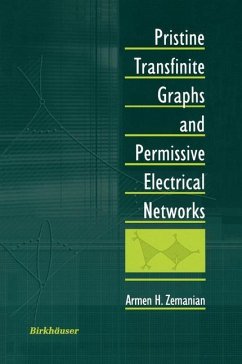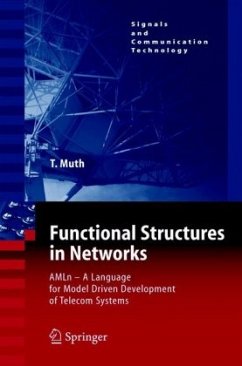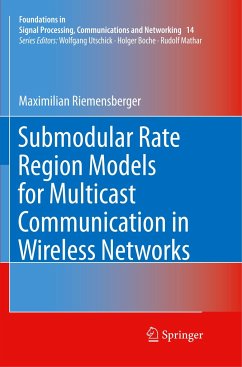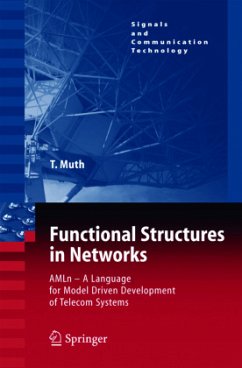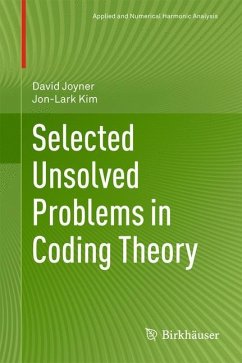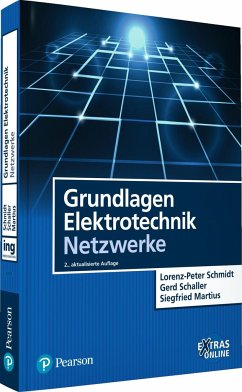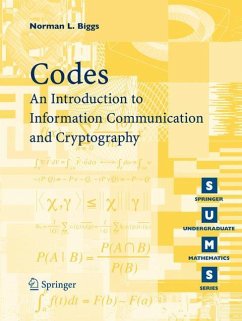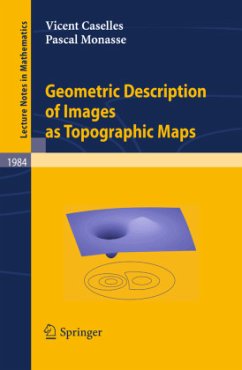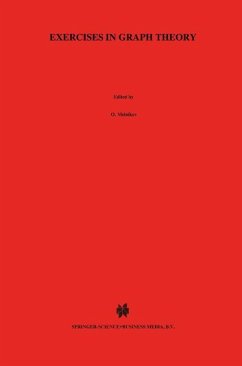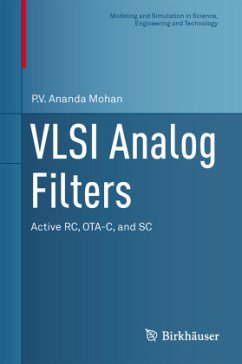
Graphs and Networks
Transfinite and Nonstandard

PAYBACK Punkte
20 °P sammeln!
This book examines results on transfinite graphs and networks achieved through research over the past several years. These new results, covering the mathematical theory of electrical circuits, are different from those presented in two previously published books by the author, "Transfiniteness for Graphs, Electrical Networks, and Random Walks" and "Pristine Transfinite Graphs and Permissive Electrical Networks".
Two initial chapters present preliminary theory summarizing all essential ideas needed, relieving the reader of any need to consult those prior books. Subsequent chapters are devoted entirely to novel results and cover:
- Connectedness ideas and their relationship to hypergraphs
- Distance ideas and their extension to transfinite graphs with more complications, such as the replacement of natural-number distances by ordinal-number distances
- Nontransitivity of path-based connectedness alleviated by replacing paths with walks, leading to a more powerful theory for transfinite graphs and networks
Two initial chapters present preliminary theory summarizing all essential ideas needed, relieving the reader of any need to consult those prior books. Subsequent chapters are devoted entirely to novel results and cover:
- Connectedness ideas and their relationship to hypergraphs
- Distance ideas and their extension to transfinite graphs with more complications, such as the replacement of natural-number distances by ordinal-number distances
- Nontransitivity of path-based connectedness alleviated by replacing paths with walks, leading to a more powerful theory for transfinite graphs and networks
Scientia Gratiii Scientiae It is now thirteen years since the first book that discusses transfinite graphs and elec trical networks appeared [50]. This was followed by two more books [51] and [54] which compiled results from an ongoing research effort on that subject. Why then is a fourth book, this one, being offered? Simply because still more has been achieved beyond that appearing in those prior books. An exposition of these more recent re sults is the purpose of this book. The idea of transfiniteness for graphs and networks appeared as virgin research territory about seventeen years ago. Notwithstanding the progress that has since been achieved, much more remains to be done-or so it appears. Many conclusions con cerning conventionally infinite graphs and networks can be reformulated as open problems for transfinite graphs and networks. Furthermore, questions peculiar to transfinite concepts for graphs and networks can be suggested. Indeed, these two considerations have inspired the new results displayed herein.





